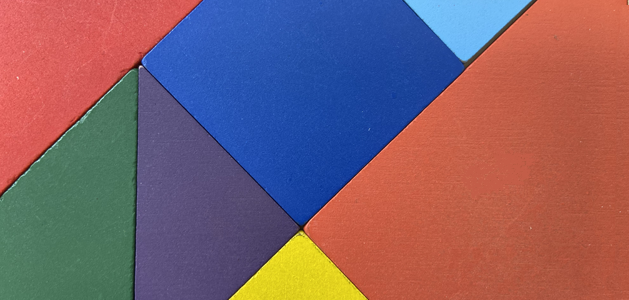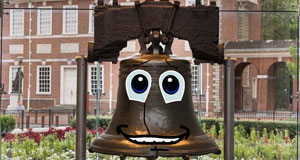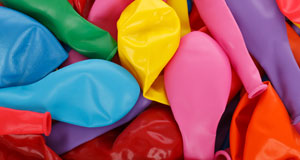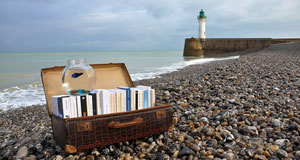Historical Travel Brochure
Students create a travel brochure enticing others to visit a time and place in history, sharing information about the things one will see and do while they are there.
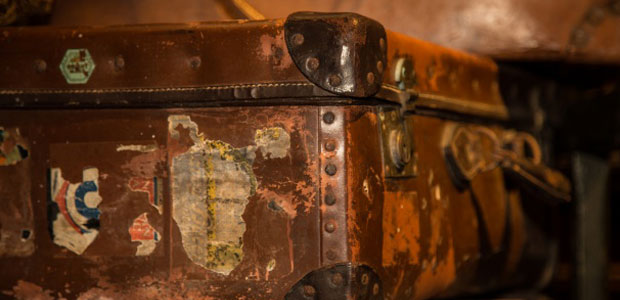
Task
Imagine you have found a safe way to head through time and visit cultures from long ago. Based on what you know about the past, develop a travel brochure to advertise a trip this culture. What will travellers do when they get there? What will they eat or buy? What will they see? What would make them want to go?
Create print brochures, or other promotional materials, to help people decide if they want to visit a specific historical time period, culture, or civilization and what they can expect to see and do once they are there.
Engage
Many of your students have likely imagined themselves to be a knight or princess in medieval times during some play time in their past. In this summative performance task, your students will reflect on the past as they design a travel brochure for a historic time and place. Even if students had many opportunities for travel or have never seen a travel brochure before, they have likely watched a television advertisement for a vacation destination like Hawai’i or Disney.
Explore a time period or culture through primary and secondary sources, literature, images, museum visits and classroom discussions. Divide students into small teams and let them know they will be designing a travel brochure to encourage someone to visit a specific time, place or culture. Assign the culture or location to each team, or let them choose on their own based on the interests expressed by team members.

Have teams begin their research using a KWL chart to review what they know and identify additional information they need. Provide books, URLs, and other resources to support their additional research.
Create a Graphic Organizer
Need a thought web, timeline, flowchart, or other graphic organizer for a lesson?
CreateWhen each group has collected a solid amount of information, ask them to complete a Venn Diagram comparing life in that time and place to life now. This will help you identify misconceptions and will help them identify unique features to include in their brochures.
You can have student teams use other graphic organizers before they begin writing to:
- explore ways their audience might feel with a fact vs. opinion chart.
- determine what information to share or skip with a pros vs. cons chart.
Give students time to complete additional research as they begin to organize their information.
Create
Bring in examples of travel brochures to share with your students. Working in small groups, ask students to explore 3-4 of these samples and find common content or elements featured in each. Have each team share their findings, and create a reference list on a white board in your classroom or in a shared digital document.
To build digital-age communication skills, ask students to also identify design features that helped to make the brochures effective advertisements. Have students share these with the class, identifying the design feature (bright colors, great weather, consistent layout) and why it was effective.
Rather than outlining exactly what student brochures should include, work to transfer this responsibility to your students. You could agree on content/topics that must be included as a class, which makes it easier to develop a rubric or checklist for the project either as a teacher, or as a class.
Have students use a publishing tool to combine their text and images and print their travel brochures. They can find copyright-friendly images of many travel destinations at Pics4Learning.com.
If you have access to a digital tool like Wixie, you can print the brochures or share student work digitally in PDF form or online through a URL. This allows them to create vivid travel “infomercials” with culturally appropriate sounds and voice narration!
Share
Print the brochures and display them to celebrate student effort. This also provides a way for all students in class to review and expand their knowledge. You may also want to share these in your school library or media center so other students in the school can explore them to learn about history.
Have each team present the information in their brochure orally to the rest of the class, helping them refine their argument about why someone would enjoy a visit to this time and place. You may want to ask a representative or two travel agencies to review the brochures and oral presentations and provide feedback.
You could also turn this into an evening family and community event by having students convert their travel brochure information into materials and oral presentations for a travel convention or trade show.
Assessment
The finished travel brochure provides an excellent summative assessment of student knowledge about a historical time period, location, or culture. You can use their research notes and Venn diagram comparisons as formative assessments to identify misconceptions and ensure they are making progress. Create a rubric or checklist to help guide student work during research, writing, and publishing.
Having impromptu discussions with each group during the research, time period comparisons, and brochure design process will give you insight into whether or not you need to revisit essential ideas and content understanding with individual groups or the class as a whole.
Resources
Scarre, Christopher and Fagan, Brian M. Ancient Civilizations (3rd Edition).
ISBN: 0131928783
Standards
C3 Framework for Social Studies State Standards
D2.Geography.5.3-5
Explain how the cultural and environmental characteristics of places change over time.
D2.Geography.8.3-5
Explain how human settlements and movements relate to the locations and use of various natural resources.
D2.History.2.3-5
Compare life in specific historical time periods to life today.
D2.History.16.3-5
Use evidence to develop a claim about the past.
D2.Geography.5.6-8
Analyze the combinations of cultural and environmental characteristics that make places both similar to and different from other places.
D2.Geography.8.6-8
Analyze how relationships between humans and environments extend or contract spatial patterns of settlement and movement.
D2.History.2.6-8
Classify series of historical events and developments as examples of change and/or continuity.
D2.History.16.6-8
Organize applicable evidence into a coherent argument about the past.
Common Core State Standards for English Language Arts:
College and Career Ready Anchor Standard.W.4
Produce clear and coherent writing in which the development, organization, and style are appropriate to task, purpose, and audience.
CCSS.ELA-LITERACY.RH.6-8.2
Determine the central ideas or information of a primary or secondary source; provide an accurate summary of the source distinct from prior knowledge or opinions.
CCSS.ELA-LITERACY.RH.6-8.6
Identify aspects of a text that reveal an author's point of view or purpose (e.g., loaded language, inclusion or avoidance of particular facts).
ISTE Standards for Students:
3. Knowledge Constructor
Students critically curate a variety of resources using digital tools to construct knowledge, produce creative artifacts and make meaningful learning experiences for themselves and others. Students:
a. plan and employ effective research strategies to locate information and other resources for their intellectual or creative pursuits.
b. evaluate the accuracy, perspective, credibility and relevance of information, media, data or other resources.
c. curate information from digital resources using a variety of tools and methods to create collections of artifacts that demonstrate meaningful connections or conclusions.
6. Creative Communicator
Students communicate clearly and express themselves creatively for a variety of purposes using the platforms, tools, styles, formats and digital media appropriate to their goals. Students:
a. choose the appropriate platforms and tools for meeting the desired objectives of their creation or communication.
b. create original works or responsibly repurpose or remix digital resources into new creations.
d. publish or present content that customizes the message and medium for their intended audiences.




